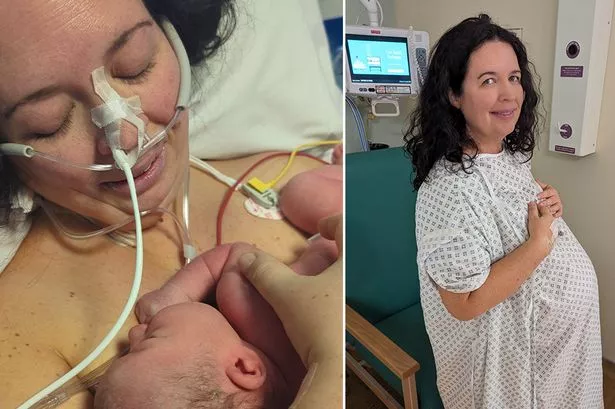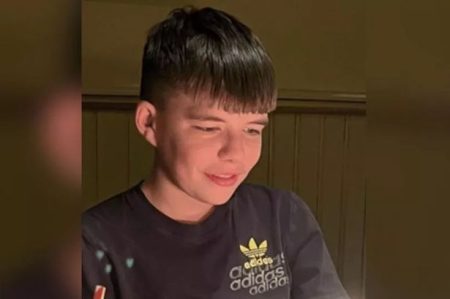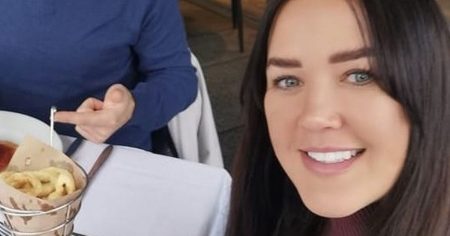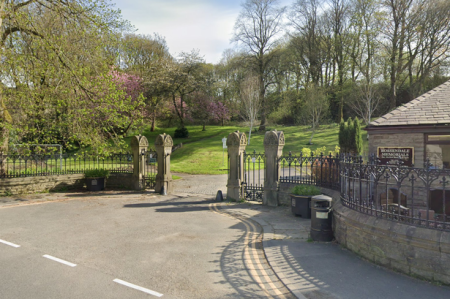Adele Darlington’s life took a dramatic turn last November when the birth of her daughter, Jasmine, became a harrowing fight for survival. Following Jasmine’s delivery, Adele experienced a catastrophic postpartum hemorrhage, a severe and life-threatening complication involving excessive bleeding after childbirth. Her condition deteriorated rapidly, necessitating an urgent and massive blood transfusion. Over the course of her critical care, Adele received a staggering 65 units of blood products, including red blood cells, platelets, and plasma, a testament to the severity of her blood loss and the extraordinary efforts of the medical team to save her. This volume of transfusion represents far more than the average adult blood volume, highlighting the extreme nature of Adele’s situation and the crucial role blood donors played in her survival. The sheer quantity of blood required underscores the vital importance of a readily available and robust blood supply, particularly in emergency situations like Adele’s.
The NHS team who worked tirelessly to stabilize Adele and orchestrate the complex transfusion process played a pivotal role in her recovery. Faced with a rapidly declining patient, they demonstrated exceptional medical expertise, quick thinking, and unwavering dedication to preserving Adele’s life. Their coordinated efforts, from administering the blood transfusions to managing the associated complications, were instrumental in turning the tide and bringing Adele back from the brink. The complexity of managing such a significant transfusion cannot be understated. It requires precise monitoring of blood compatibility, meticulous management of potential transfusion reactions, and the precise coordination of a skilled medical team. Beyond the immediate life-saving measures, the NHS team also provided ongoing critical care support, navigating the delicate balance of stabilizing Adele’s condition while mitigating the potential risks associated with massive transfusions. Their commitment ensured Adele not only survived but was also given the best chance for a full recovery.
In a heartwarming and deeply meaningful reunion orchestrated by the NHS, Adele had the extraordinary opportunity to meet some of the selfless blood donors whose generous contributions had quite literally saved her life. This emotional encounter brought together the recipient and the givers in a powerful demonstration of the human connection at the heart of blood donation. For Adele, it was a chance to express her profound gratitude and to put faces to the anonymous individuals whose selflessness had given her a second chance at life. For the donors, it provided a tangible and deeply moving illustration of the real-world impact of their donations, reinforcing the invaluable contribution they make to the health and wellbeing of their community.
The meeting underscored the often-unseen link between blood donors and recipients, highlighting the profound impact of this simple yet life-saving act. It brought to life the reality that behind every unit of blood is a person, and behind every transfusion is a story of hope and resilience. For Adele, meeting her donors was undoubtedly an emotional experience, allowing her to personally thank the individuals who played a crucial role in her survival. It provided a sense of closure and a deeper understanding of the chain of events that led to her recovery. The meeting transformed the abstract concept of blood donation into a deeply personal and powerful connection, solidifying the importance of this life-saving practice.
Adele’s story serves as a powerful testament to the critical importance of blood donation and the extraordinary impact it can have on individuals and families. Her experience vividly illustrates the vital role blood transfusions play in emergency medical situations, often representing the difference between life and death. It emphasizes the need for a constant and reliable blood supply to meet the diverse medical needs of the community, from routine surgeries to unforeseen emergencies like Adele’s. It highlights the fact that blood cannot be manufactured; it relies entirely on the generosity of voluntary donors.
Furthermore, Adele’s story is a celebration of the incredible dedication and skill of NHS healthcare professionals. Their swift and expert interventions were crucial in saving Adele’s life, demonstrating the high quality of care provided by the NHS. It underscores the importance of investing in healthcare systems and supporting the dedicated individuals who work tirelessly to save lives. Finally, the reunion between Adele and her blood donors highlights the human connection at the heart of healthcare. It serves as a powerful reminder of the impact we can have on others’ lives through acts of selflessness and generosity. Adele’s story is a story of survival, resilience, and the extraordinary power of human connection, urging us all to consider the profound impact we can have by becoming blood donors.














